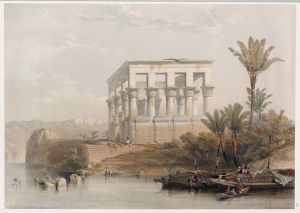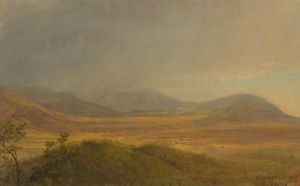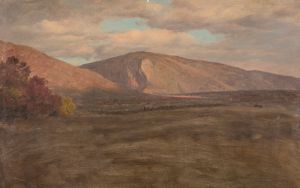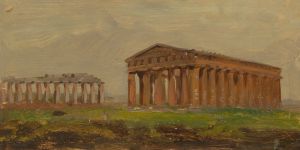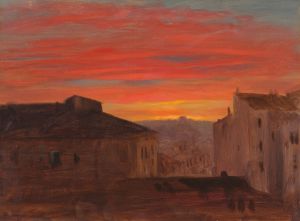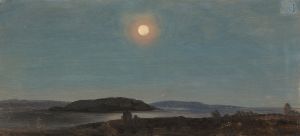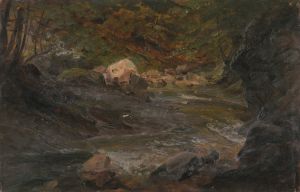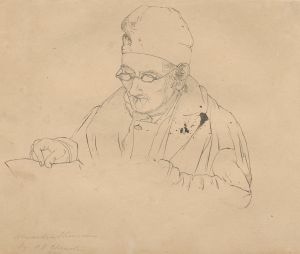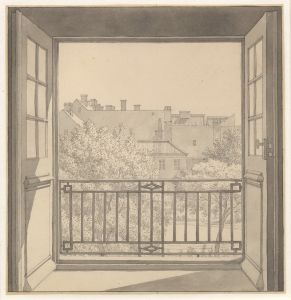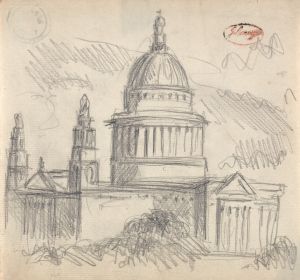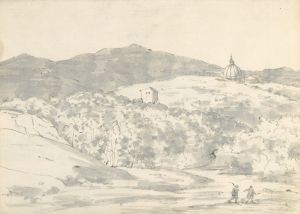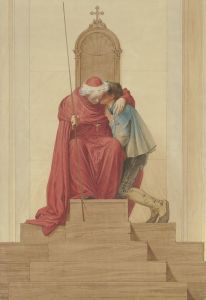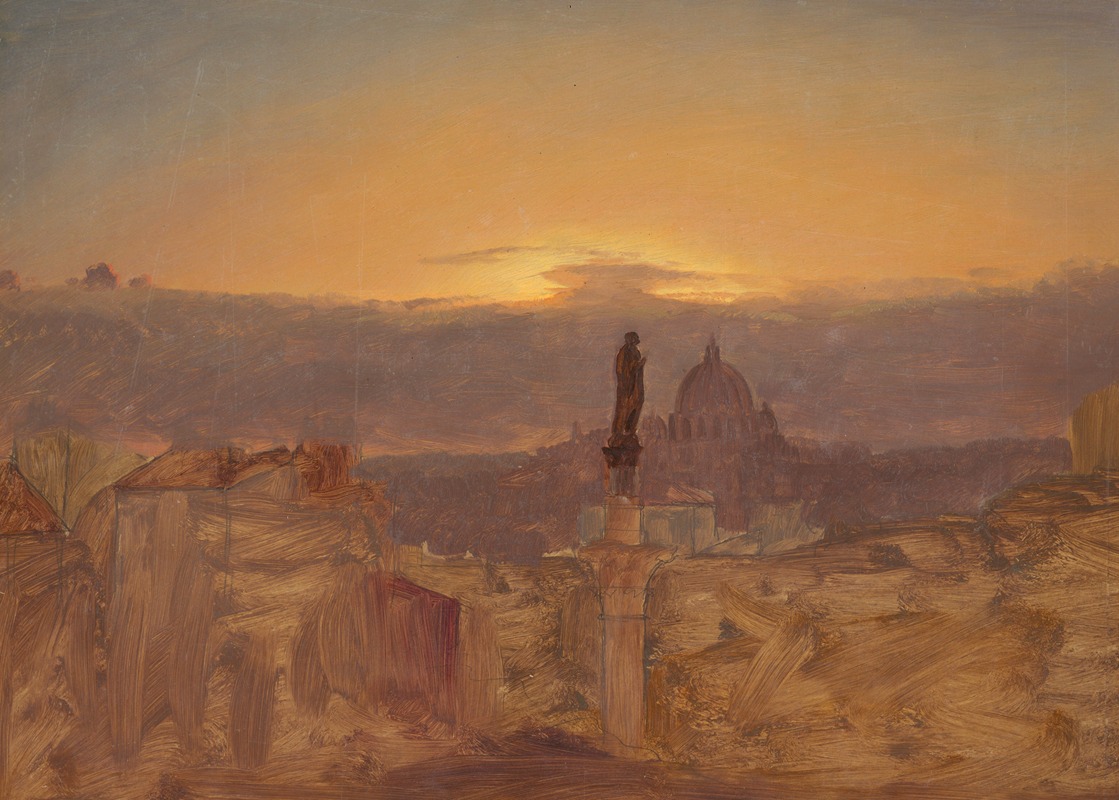
St. Peter’s Basilica from the Pincio, Rome
A hand-painted replica of Frederic Edwin Church’s masterpiece St. Peter’s Basilica from the Pincio, Rome, meticulously crafted by professional artists to capture the true essence of the original. Each piece is created with museum-quality canvas and rare mineral pigments, carefully painted by experienced artists with delicate brushstrokes and rich, layered colors to perfectly recreate the texture of the original artwork. Unlike machine-printed reproductions, this hand-painted version brings the painting to life, infused with the artist’s emotions and skill in every stroke. Whether for personal collection or home decoration, it instantly elevates the artistic atmosphere of any space.
St. Peter’s Basilica from the Pincio, Rome is a painting created by the American landscape artist Frederic Edwin Church in 1877. Church, a prominent figure of the Hudson River School, was known for his detailed and dramatic depictions of natural and architectural scenes. This particular work captures a view of St. Peter’s Basilica in Vatican City as seen from the Pincio Terrace, a famous vantage point in Rome.
The painting reflects Church’s fascination with European landmarks, which he explored during his travels abroad. By the time he painted St. Peter’s Basilica from the Pincio, Rome, Church had already established himself as one of the leading landscape painters of his time. His works often combined a deep appreciation for natural beauty with meticulous attention to architectural and cultural details.
In this painting, Church depicts the iconic dome of St. Peter’s Basilica rising above the Roman skyline, bathed in soft, golden light. The composition is carefully balanced, with the basilica serving as the focal point, framed by trees and architectural elements in the foreground. The use of light and color creates a serene and atmospheric effect, emphasizing the grandeur and spiritual significance of the scene.
The painting is notable for its technical precision and the artist’s ability to convey a sense of place. Church’s rendering of the basilica and its surroundings demonstrates his skill in capturing both the physical and emotional essence of his subject. The work also reflects the influence of the European Grand Tour tradition, during which artists and intellectuals traveled to Italy to study its art, architecture, and landscapes.
St. Peter’s Basilica from the Pincio, Rome is part of the collection of the Cooper Hewitt, Smithsonian Design Museum in New York City. It is considered an important example of Church’s later work, showcasing his continued interest in combining natural and man-made elements in his art. The painting remains a testament to Church’s ability to blend realism with a sense of the sublime, offering viewers a glimpse of one of Rome’s most iconic landmarks through the eyes of a 19th-century American artist.





![Front elevation of the Great Temple of Aboosimble [sic]. Nubia.](/imgs/217485/s/david-roberts-front-elevation-of-the-great-temple-of-aboosimble-sic-nubia-c5cdea0a.jpg)
